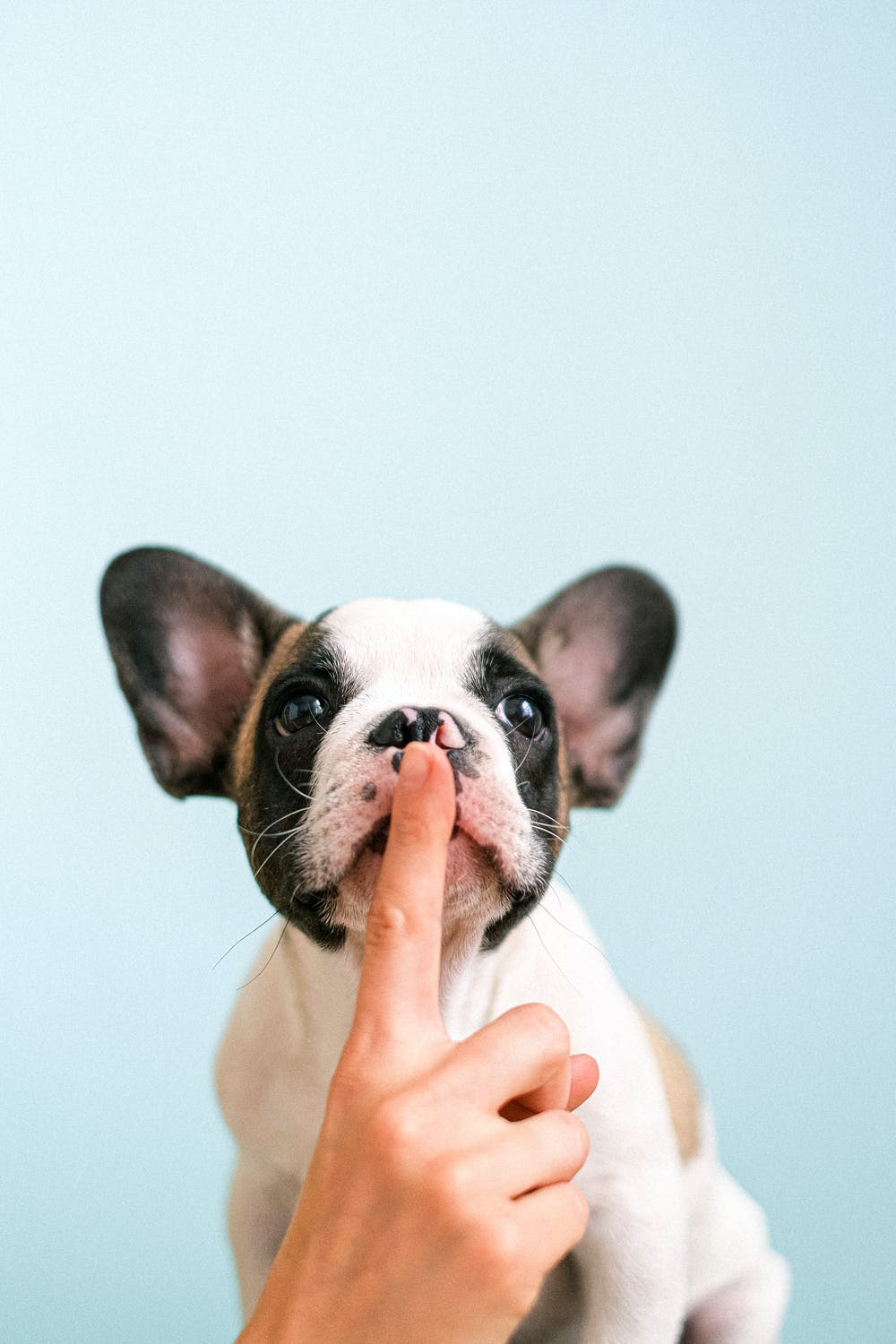It’s a moment filled with anxious energy when your beloved four-legged friend undergoes surgery. Despite the assurance that they’re in capable hands, we often can’t shake off the worry about their well-being. That concern doesn’t cease the moment we leave them behind the closed doors of the veterinary clinic or board them post-surgery.
We long to hold them close, reassure them, and witness firsthand that they’re recovering as they should. Knowing when to visit your pet during their stay at a boarding facility post-surgery is crucial for both your peace of mind and their health. Here’s how to navigate these choppy waters.
Understanding the Post-Surgery Recovery Phase
First things first, let’s unpack what post-surgery recovery entails for your furry companion. Imagine yourself in their paws; they’ve just had an invasive procedure and are likely groggy from anesthesia, possibly in pain, and definitely in an unfamiliar environment if they’re not coming straight home. All these factors make the post-surgery period a delicate time.
Here are a few things to consider:
- The type of surgery and its invasiveness
- The predicted recovery time
- Any potential complications or special care requirements
Communicating with your veterinary surgeon to understand these aspects can give you a clear picture of what your pet is going through and how you can help.
Selecting the Right Boarding Facility
Choosing where your pet will recover is just as important as deciding when to visit them. Not all boarding facilities are created equal, and you’ll want to find one that’s equipped to handle post-surgery patients. If you’re in the Lafayette area, doing a quick search for dog and cat boarding Lafayette can yield numerous options. But remember, you’re looking for more than a five-star pet hotel.
You’ll need to look for:
- Staff credentials and their ability to administer medication
- Cleanliness and comfort of the facility
- Proper monitoring equipment and procedures
Coordinating with the Boarding Facility
Once you’ve selected a prime spot for your pet’s recovery, the next step is to coordinate with the boarding facility’s staff. They’re your eyes and ears, and they’ll be the ones guiding you on when it’s a good time to visit. Keeping the lines of communication open with them is key. They’ll let you know how your pet is doing day by day and hint at whether a visit would benefit or hinder their recovery.
Here’s how to effectively coordinate with the facility:
- Discuss your pet’s specific needs and recovery plan with the staff.
- Set expectations for daily updates, whether through calls, texts, or emails.
- Plan ahead for visits based on their recommendations. Some pets may become anxious or overly excited during visits, which can impact their recovery.
Understanding Your Pet’s Emotional State
Recognize that your pet’s mental state plays an enormous role in their recovery process. Visiting too soon or too frequently may lead to them feeling anxious or worked up, which can be counterproductive. On the flip side, seeing a familiar face might be exactly what they need to lift their spirits and encourage healing. The key is to balance these two possibilities.
Take your cues from your pet’s behavior prior to the surgery. Are they typically clingy or independent? Their usual temperament can give you considerable insight into how they might react to your presence during their recovery.
Watching for the Right Time to Visit
There’s no precise timer that dings at the right moment to visit. However, certain signs can nudge you in the right direction.
Look out for these indicators:
- Consistent positive updates from the staff
- Your pet’s condition is stable and improving
- Approval from the veterinary team
When staff members report back that your pet is calm or a little brighter that day, it might be a good opportunity to pencil in a quick visit to see how they react to your company.
Planning Your Visit
When the green light flashes and it’s time to visit, planning is essential. You don’t want to just drop by unannounced. A visit should be short, sweet, and not disrupt your pet’s routine. Your goal is to provide comfort, not a carnival.
Here’s what a well-planned visit might include:
- A calm entrance, minimizing excitement
- Soft-spoken words and gentle petting to soothe your pet
- Avoiding the temptation to sneak in treats if they’re on a controlled diet
- A quick but measured goodbye so as not to cause distress
Considering the Impact of Your Visit
Post-visit, it’s vital to consider the impact your presence had on your pet. Did they seem uplifted or stressed afterward? Was there a notable change in their recovery progress, for better or worse? It is moments like these where the underlying importance of preventative care, such as keeping up with pet vaccinations, becomes apparent, as a well-vaccinated pet could have a more resilient immune system to aid in recovery.
Use this information, coupled with comprehensive health safeguards like vaccinations, to guide future visits and discuss your observations with the boarding staff to make informed decisions moving forward.
Taking Care of Yourself, Too
While much of this guidance focuses on your pet’s well-being, don’t forget to look after yourself as well. Watching your pet recover from surgery isn’t easy, and the emotional toll it takes can be significant. Make sure you’re getting the support you need – whether it’s from friends, family, or other pet owners who’ve been through similar experiences.
Wrapping Up
Visiting your pet post-surgery at a boarding facility requires careful consideration of their well-being and tailored support for their unique recovery path. Communicate effectively with the boarding staff, heed your veterinary team’s advice, and note how your pet responds to visits. Balancing understanding, sensitivity, and attentiveness can foster a healing environment, ensuring the comfort and nourishment of your companion’s needs during this critical time.




